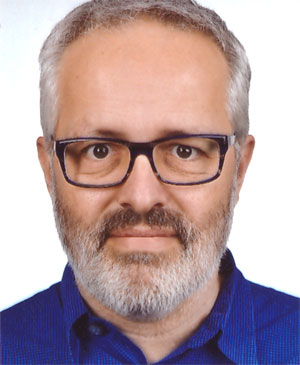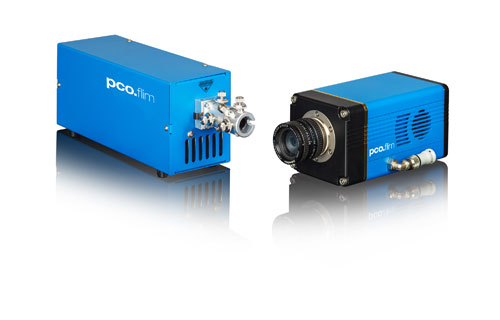About This Webinar
Since the introduction of the first frequency-domain fluorescence lifetime imaging microscopy (FD-FLIM) pco.flim camera in 2014, this camera system has been applied to many different areas, from FRET to endogenous fluorescence, from oxygen to pH measurement, from large technical applications in wind tunnels down to light-sheet microscopy. Thanks to customer feedback and PCO’s own experience with the product, the camera system and the controlling software have been improved. Currently the full integration in the NIS Elements software v5.11 has resulted in a significant improvement in calibration and dark field correction. Further, an optimized laser light source has been developed, which simplifies the use of the camera plus excitation light as a system. The improvements in the use and applicability of the camera will be demonstrated and discussed.
New results including investigation of microplastics on lab filters, pH measurements, oxygen measurements in a marine environment, assistance for neurosurgery, and rapid FD-FLIM measurements will be shown to demonstrate the flexibility of the pco.flim camera system.
About the presenter:

Gerhard Holst, Ph.D., graduated from the Technical University Aachen, Germany, with a diploma in electrical engineering in 1991 (information technology). He went on to complete his doctorate at the University of Dortmund in collaboration with the Max Planck Institute for Systems Physiology from 1991 to 1994. Gerhard furthered his research as a member of the Microsensor Research Group at the Max Planck Institute for Marine Microbiology from 1994 to 2001. Since 2001, Gerhard has been head of the research and science department at PCO AG, where he is responsible for new technologies and all research projects.
Who should attend:
Scientists who are working in life science and are doing Förster Resonance Energy Transfer (FRET) measurements to answer biological or medical questions will benefit from this webinar, as will scientists who are doing optical chemical measurements such as oxygen, pH, carbon dioxide, or temperature sensing by means of fluorescence and fluorescence lifetimes in medicine and biology. This webinar will also benefit scientists and others involved in wind tunnel applications doing pressure- sensitive paint (PSP) and temperature-sensitive paint (TSP) experiments, and working with endogenous (auto-)fluorescence measurements to differentiate tissue. Attendees should have some knowledge of fluorescence and fluorescence lifetimes and what they can be used for. The presenter will not explain the physical process of fluorescence.
About PCO:

“PCO” stands for what the company is: a Pioneer in Cameras and Optoelectronics. With 30 years of expert knowledge and experience,
PCO has forged ahead to become a leading specialist and innovator in digital imaging products used in scientific and industrial applications such as life and physical science, high-speed imaging, and machine vision. PCO has the most versatile sCMOS camera portfolio on the market and is recognized globally for creating a broad variety of superior camera systems that are on the cutting edge of technology. The company’s worldwide entities ensure that PCO cameras are developed and supported in a way that meets customers’ applications needs. Customer input has a direct path back to the company’s product development and support teams. Constant advancement of hardware and software guarantees profound innovational strength and enables powerful competitive capacity.